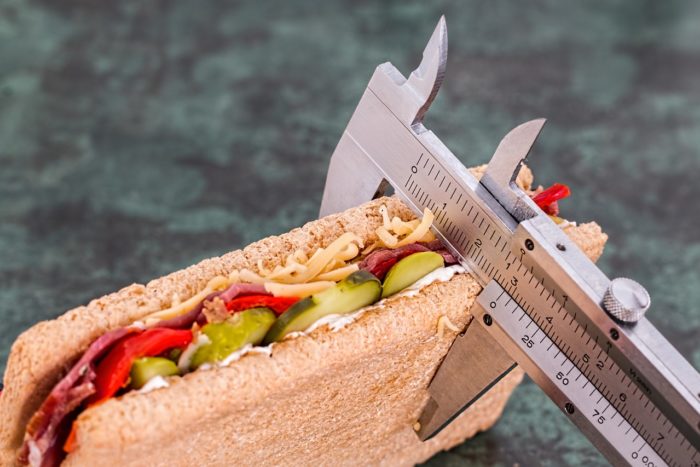
It’s no secret that insurance premiums have been on the rise over the last several years and with them, the cost of prescription coverage. With many insurance providers, there is now a tiered pricing system for prescription coverage with three or more tiers. Previously, most insurance policies only contained two tiers – one price for generics and one for brand name drugs.
In fact, according to a study by the Henry J. Kaiser Family Foundation and the Health Research & Educational Trust, prescription coverage plans with more than two pricing tiers have increased by 30 percent from 2000 to 2013. This, in part, is due to the rising costs of prescription drugs.
While generics are still significantly cheaper than brand name drugs, the cost has increased over the years, possibly due to a decrease in the number of manufacturers. According to an article in the NY Times, the cost of generic prescription drugs has been soaring as competition has decreased. That would, at least, explain the increase in costs for insurance coverage of prescriptions but are you still paying too much?
One health reporter, Charles Ornstein, started asking this question when he noticed he was being given different prices for the same generic prescription on two different occasions but from the same pharmacy and covered by the same insurance. CNN reporters also noticed discrepancies in prices between different stores (e.g. CVS versus Costco) and went into further detail in their article about how many consumers have found that paying for their prescription medication using their insurance co-pays cost them more than the out-of-pocket cost.
When Should Patients Pay Cash for Their Prescriptions?
Many people, when seeking a job, make their decision based on benefits like healthcare, and prescription coverage to better their family’s medical care, and to provide better options for pricing when it comes to filling prescriptions.
This idea has worked in the past, but lately, there have been reported cases where certain companies, namely Walgreen’s and CVS, have been charging a higher price for people with insurance than those who pay cash. The amount a person pays in cash dropped below the co-pay price around a decade ago. There is no doubt that patients are paying too much for their prescriptions with the rise in co-pays and high-deductible insurance plans becoming the norm.
This leaves people wondering how can prescription coverage increase the cost of medication?
This development shows the confusing and intricate manner for which the pricing of medications works here in the United States. There have been allegations that the pharmacy benefit managers (PBM) who handle all of the claims for the millions of Americans are profiting from the difference.
According to pharmacytimes.com, the PBMs negotiate pricing with different pharmacies and require a specific co-pay amount for each drug. When paying for your prescription with your co-pay, you would then be charged the co-pay amount regardless of whether the cost of the drug was less than the co-pay. The article noted “a major PBM required the pharmacy to collect a $35 co-pay for a generic allergy spray, then took $30 back from the pharmacy. Another [respondent] said a PBM charged a $15 co-pay for zolpidem, then took back $13.05.”
When confronted about this problem, many PBMs simply stated that it was the pharmacy’s fault for not offering the cash price when seeing it was lower than the co-pay amount. Many of the pharmacies pushed back on this accusation, saying that their contracts with the PBMs prevented them from suggesting or advising a patient to pay cash and didn’t want to run the risk of being cut from the network.
Conclusion: How can you ensure you’re getting the best price?
There are thousands of generic prescriptions that cost under $10, so how do you know if you’re getting the best price or being overcharged? There are a few steps you can take to ensure you’re not being ripped off:
First, you should always ask about the out-of-pocket price when purchasing your prescription medication. In many cases, the cash price will be lower than your co-pay – you can even ask about discounts or best pricing.
Second, make sure that you shop around. Even when asking specifically for the cash price of prescriptions, you will likely find that some stores still charge much more than others. In cases of stores like Walgreen’s or CVS, you’re almost always going to pay at least a little higher as they rely more heavily on prescriptions for their revenue and therefore need a higher profit margin – they also provide more convenience, such as being more accessible and typically open 24 hours.
Finally, price matching online can also help you find the best rates and you could also look for comparable generic versions of the same medication that may cost less.
A reputable website for price matching prescriptions is GoodRx.com.
Have you experienced discrepancies or outrageous prices on your prescriptions? Please share your story with us in the comments and be sure to share this article on social media to let others know.

Leave a Comment